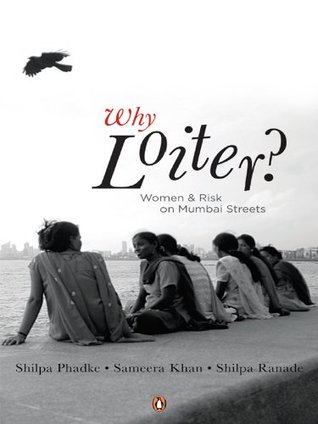More on this book
Community
Kindle Notes & Highlights
Reservation then is a proactive policy intervention to narrow the gap between theoretical and actual equality.
Safety, as we have argued, can and does easily slide into a protectionism that restricts women’s access to public space and does so with a rationality that is unquestioned.
In our fantasies, the words ‘public space’ conjure up images of open expanses, maidans, parks and waterfront promenades where all kinds of people can come to meet, walk, run, or play games, read books or write, where mothers can bring children, senior citizens can walk dogs, the differently abled can find a smooth pathway to manoeuvre their wheelchairs, those of alternative sexuality can express affection and everyone can just be themselves.
Public space represents what the city might mean for its citizens—the possibilities it creates for them to become part of the city, to belong to it and have it belong to them.
The presence of a system of usable ‘public transport’ is what substantially distinguishes Mumbai from other cities, particularly for women.
only in a few other Indian cities do middle-class women continue to use public transport like buses and trains when they can afford rickshaws, taxis or even private cars. This for us is the true marker of good public transport—when people begin to prefer it to other forms of commuting.
Women who do not look indisputably feminine are therefore directly or indirectly excluded from these spaces. The ladies’ compartment then becomes a space that can only house women who obviously look like women!
Increasingly, policies tend to focus on private transport and road infrastructure intended for them, such as flyovers, at the cost of improving the stretched public services.
A high-quality, affordable, efficient and egalitarian public transport system has the potential to transform the city, making it ‘global’ in ways that glitzy glass and chrome buildings cannot.
Such a system has the capacity to bring on board not just women and other marginal citizens, but also those who might currently travel by private vehicles. Bringing together people across class on a mass transportation system might be one way to begin imagining a city where hierarchies are not determined by people’s inability to commute.


